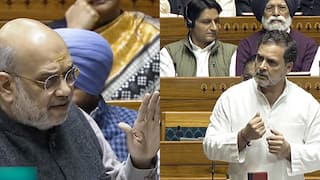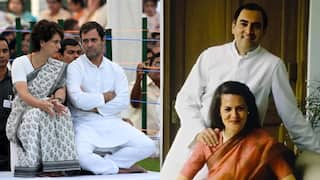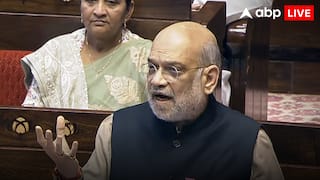Explorer
Budget: Intelligently positive roadmap on Basant Panchami

The last full Union Budget to be presented by Finance Minister Arun Jaitley in the forthcoming session of Parliament beginning on Monday will be unlike his previous four such exercises. Photo: AP/File
The first set of Budget proposals after the world’s biggest demonetisation drive are also the best tabled by Finance Minister Arun Jaitley so far. They are far-sighted, bold, and impressive.
This Budget also represents several firsts. It is the first that does not distinguish between plan and non-plan expenditure. It has merged the Railway Budget with itself and come to table on the first day of February instead of the last.
It has outlined proposals for a total spend of Rs 21.47 trillion. Capital expenditure is up 25.4%.
The fiscal deficit has been marginally relaxed from the point target of 3% to 3.2% for 2017-18. The intention is to revert to 3% in 2019-20.
This even as the Government holds $361 billion in foreign exchange reserves, representing 12 months in imports.
The tightness of the fiscal discipline in this exercise should go down very well with the prospective foreign investor.
This particularly since other parameters such as inflation, the wholesale and consumer price indices, and the current account deficit are also well in check.
The GDP, though slightly impacted, is expected to go well above 7% in 2017-18, taking India to the fastest growing major economy in the world spot by at least one percentage point.
These parameters should lead, along with all the money currently in the banks, to further interest rate cuts and a boom in both the equity and debt markets.
That is, if global issues, such as looming protectionism in the US, do not prove too onerous.
NK Singh, who headed a committee on suggestions regarding fiscal policy, broadly agrees, and expects a “more accommodative monetary policy”.
That in turn should stimulate domestic
Disclaimer: The opinions, beliefs and views expressed by the various authors and forum participants on this website are personal and do not reflect the opinions, beliefs and views of ABP News Network Pvt Ltd.
Follow Blog News on ABP Live for more latest stories and trending topics. Watch breaking news and top headlines online on ABP News LIVE TV
View More


























